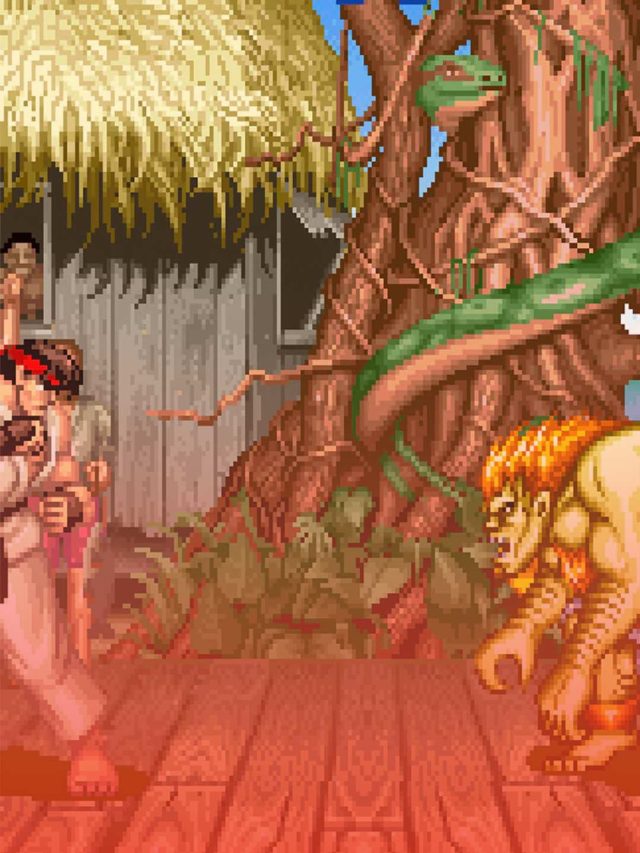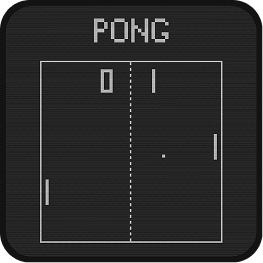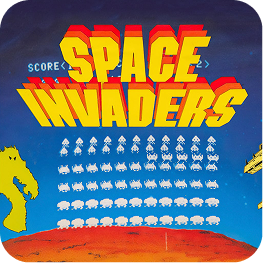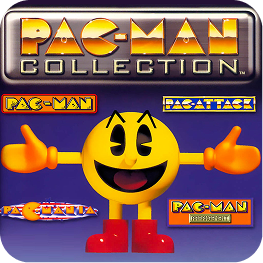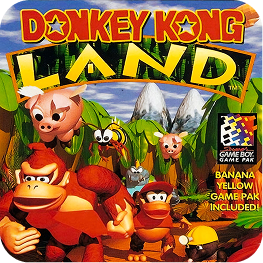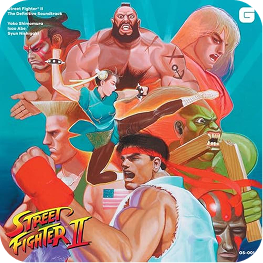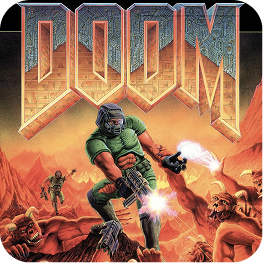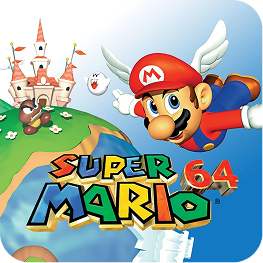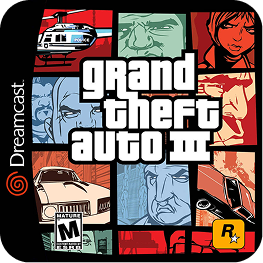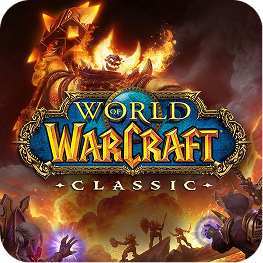Have you ever stopped to think about how your favorite video games came to be? It’s easy to take for granted the massive, open worlds we explore, the thrilling online battles we fight, and the captivating stories that keep us hooked for hours on end. But the truth is, the games we play today are built on the shoulders of giants groundbreaking titles that didn’t just entertain us, but completely reshaped the entire video game industry.
These are the games that dared to be different, that introduced new ideas, and that sparked revolutions in game design, technology, and culture. They are the pioneers, the trendsetters, and the game-changers. In this article, we’re going to count down 10 Video Games that changed industry forever. We’ll explore how they came to be, what made them so special, and how their influence can still be felt in the games we love today. So grab your controller, get comfortable, and let’s dive into the stories of the video games that changed the industry forever.
What’s in our Video Games That Change the industry forever
10. Pong (1972): The Spark That Ignited a Revolution
Imagine a world without video games. No arcades, no home consoles, no late-night gaming sessions with friends. It’s hard to picture, right? Well, that was the world before Pong. In 1972, a small company called Atari released a simple, black-and-white arcade game that would change everything.
Pong was as basic as it gets. Two paddles, a ball, and a line in the middle of the screen. The goal was to hit the ball past your opponent’s paddle. That’s it. But in a world where video games were a novelty, Pong was a revelation. It was easy to understand, instantly addictive, and most importantly, it was fun.
The success of Pong was staggering. It became an overnight sensation, drawing crowds to bars, bowling alleys, and shopping malls across the country. People were mesmerized by this new form of entertainment, and they couldn’t get enough. The demand for Pong was so high that Atari couldn’t keep up, and soon, other companies started creating their own versions of the game.

But Pong’s impact went far beyond the arcade. In 1975, Atari released a home version of Pong that could be plugged into a television set. This was a game changer. For the first time, people could play a video game in the comfort of their own homes. The home console market was born, and the video game industry as we know it began to take shape.
Pong may seem primitive by today’s standards, but its importance cannot be overstated. It was the spark that ignited the video game revolution. It introduced the world to the magic of interactive entertainment and laid the foundation for every game that has come since. Without Pong, the gaming landscape would look very different today.
9. Space Invaders (1978): The Birth of the High Score
Just a few years after Pong introduced the world to video games, a new arcade game from Japan arrived and took the world by storm. That game was Space Invaders, and it would not only become a cultural phenomenon but also introduce a concept that would become a cornerstone of gaming culture: the high score.
Before Space Invaders, games were mostly about winning or losing. You either beat your opponent or you didn’t. But Space Invaders changed that. It was a game you couldn’t “win” in the traditional sense. The waves of descending alien invaders were endless, and the goal was to survive for as long as possible and get the highest score you could.
This simple addition of a high score was a stroke of genius. It transformed gaming from a simple pastime into a competitive sport. Suddenly, it wasn’t just about beating the game; it was about beating your friends, your neighbors, and everyone else who had ever played. The high score became a badge of honor, a symbol of skill and dedication. People would line up at arcades, coins in hand, all vying for a chance to etch their initials at the top of the leaderboard.
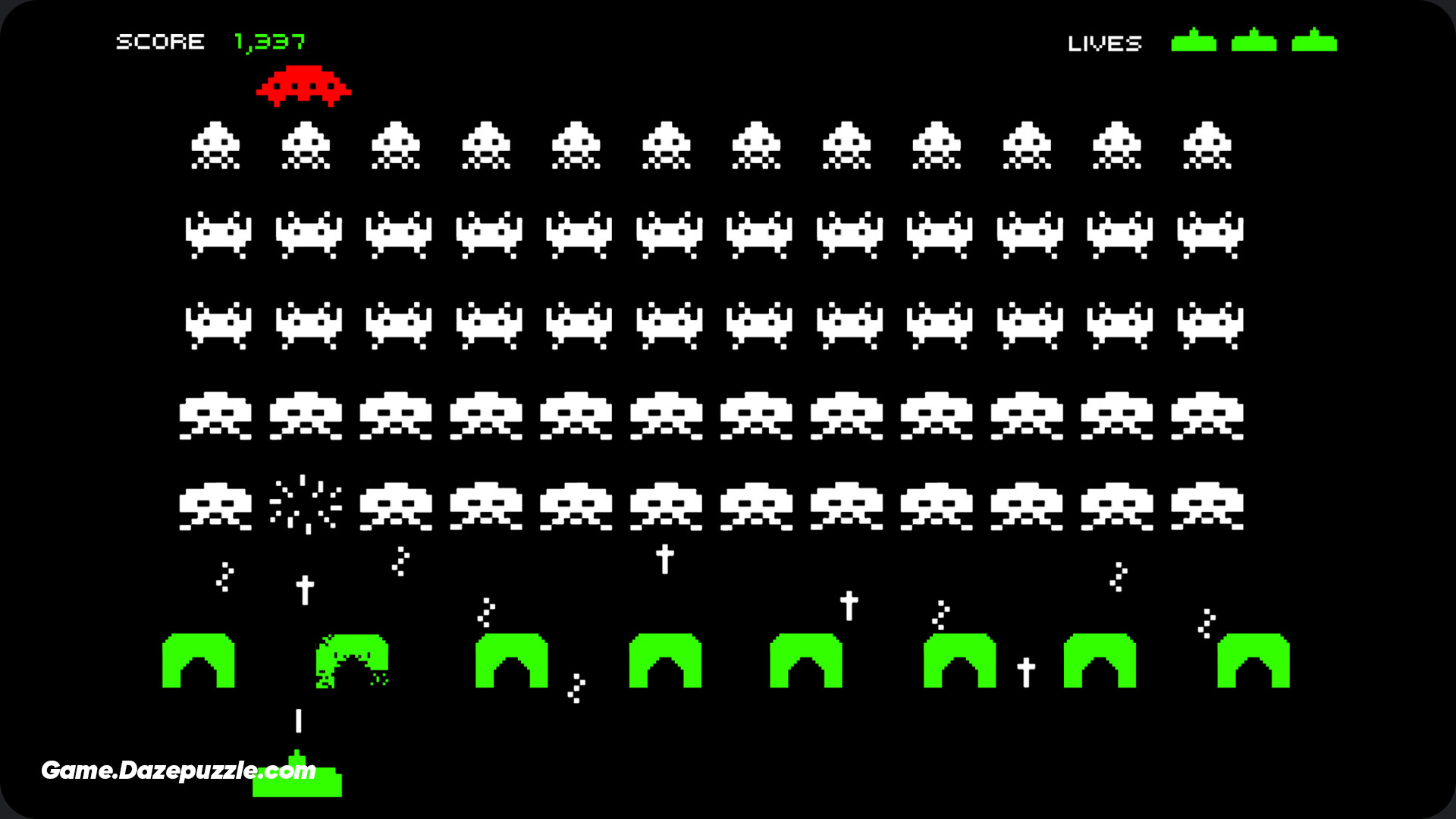
Space Invaders also helped to popularize the shooter genre. The gameplay was simple yet incredibly addictive. You controlled a laser cannon at the bottom of the screen, moving left and right to shoot down the relentless rows of aliens marching ever closer. The tension was palpable, and the sense of satisfaction from clearing a wave of invaders was immense.
The success of Space Invaders was astronomical. It caused a coin shortage in Japan, and its popularity quickly spread around the globe. It became a cultural touchstone, with its iconic alien sprites appearing on everything from t-shirts to lunchboxes. Space Invaders proved that video games could be more than just a novelty; they could be a cultural force. And by introducing the high score, it created a competitive spirit that continues to drive the gaming world to this day.
8. Pac-Man (1980): Gaming’s First Global Icon
If Pong was the spark and Space Invaders was the fire, then Pac-Man was the explosion that propelled video games into the mainstream consciousness. In 1980, a yellow, pizza shaped character with an insatiable appetite for dots and ghosts burst onto the scene and became gaming’s first true global icon.
At a time when most arcade games were shooters, Pac-Man was a breath of fresh air. It was a non-violent, maze based game that appealed to a much wider audience, including women and families. The goal was simple: navigate Pac-Man through a maze, eating all the dots while avoiding four colorful ghosts named Blinky, Pinky, Inky, and Clyde.
But what made Pac-Man so special was its charm and personality. Pac-Man himself was a lovable and relatable character, and the ghosts each had their own unique behaviors and personalities. The game was bright, colorful, and full of personality, a stark contrast to the dark, sci-fi themes of many other arcade games at the time.

The world fell in love with Pac-Man. The game was an instant hit, and its popularity quickly grew to unprecedented levels. “Pac-Man Fever” swept the globe, and the little yellow hero became a cultural phenomenon. He was on magazine covers, cereal boxes, and Saturday morning cartoons. There were Pac-Man songs, board games, and even a hit TV show.
Pac-Man was more than just a game; it was a brand. It was the first video game to truly break into mainstream pop culture and prove that games could be massive entertainment franchises. It showed the world that video games could have beloved characters, catchy music, and a broad appeal that transcended the arcade. Pac-Man paved the way for other iconic gaming characters like Mario and Sonic, and its influence on the industry is still felt today. It was a game that brought a smile to millions of faces and proved that video games could be for everyone.
7. Donkey Kong (1981): The Birth of the Platformer and a Plumber
In the early 1980s, a young Nintendo artist named Shigeru Miyamoto was tasked with creating a new arcade game that would appeal to the American market. The result was a game that would not only launch the career of one of the most celebrated game designers of all time but also introduce the world to two of gaming’s most iconic characters. That game was Donkey Kong.
Donkey Kong was a radical departure from the maze games and shooters that dominated the arcades at the time. It was a game about climbing, jumping, and rescuing a damsel in distress from the clutches of a giant ape. It was, in essence, the birth of the platformer genre.
The game put players in the shoes of a carpenter named Jumpman (who would later be renamed Mario) as he attempted to climb a series of construction sites to save his girlfriend, Pauline, from the titular Donkey Kong. The gameplay was revolutionary. For the first time, players could control a character who could jump over obstacles and climb ladders. This simple mechanic opened up a whole new world of game design possibilities.
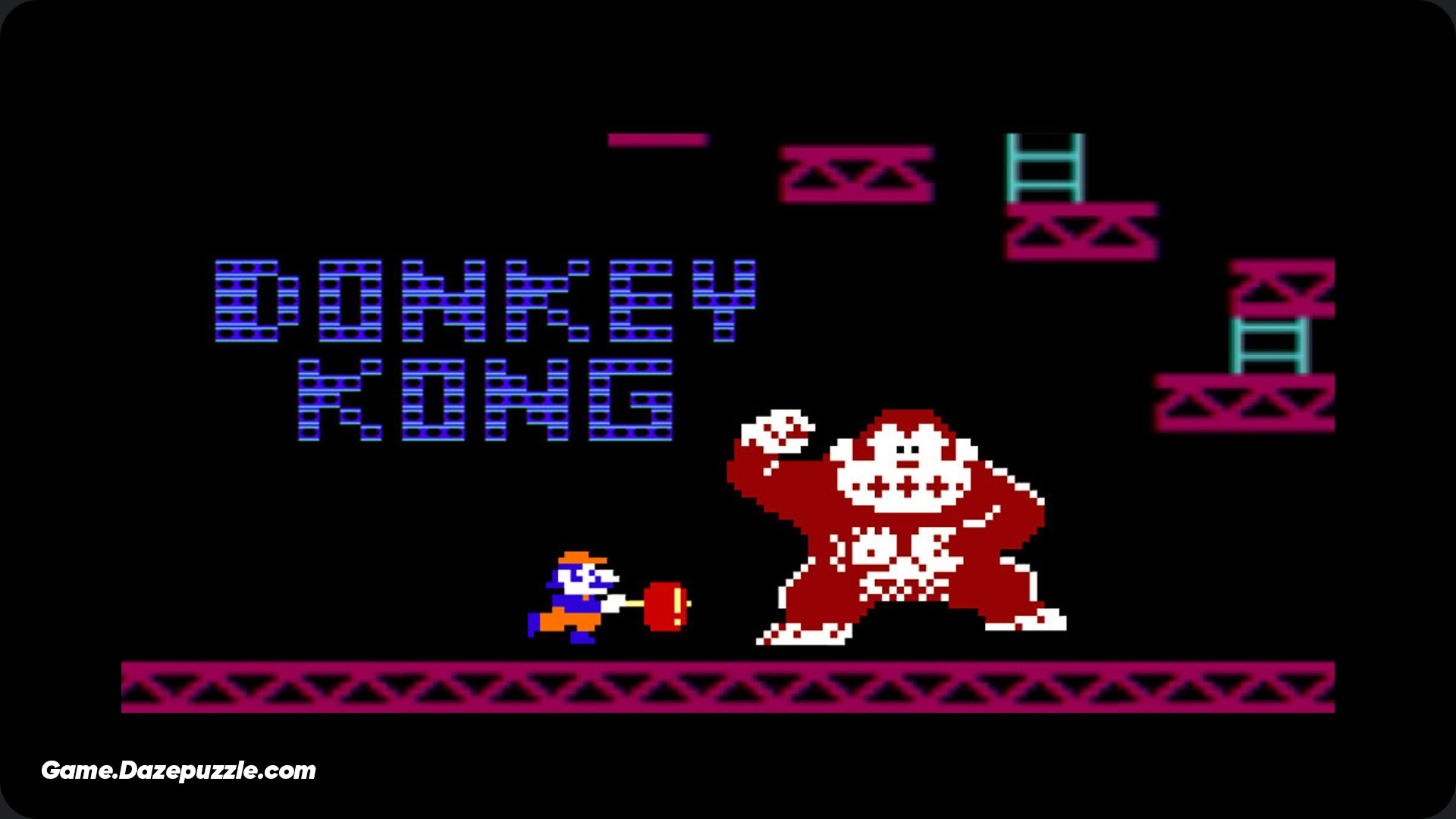
Donkey Kong was also one of the first games to feature a narrative. It had a clear beginning, middle, and end, with cutscenes that told a simple but effective story. This was a huge step forward for video games, which had previously been more about abstract concepts and high scores. Donkey Kong showed that games could tell stories and create emotional connections with players.
The success of Donkey Kong was a turning point for Nintendo. It established the company as a major player in the video game industry and set them on a path to becoming the gaming giant they are today. And, of course, it introduced the world to Mario, the little plumber who would go on to become the face of Nintendo and one of the most recognizable characters in the world.
Donkey Kong was a game of firsts. It was the first platformer, one of the first games with a story, and the first appearance of a gaming legend. It was a game that dared to be different, and in doing so, it created a genre and launched a legacy that would change the industry forever.
6. Tetris (1984): The Perfect Puzzle Game
Some games are a product of their time, a snapshot of the technology and trends of a particular era. And then there’s Tetris. Created in 1984 by a Soviet software engineer named Alexey Pajitnov, Tetris is a game that transcends time and technology. It is, quite simply, the perfect puzzle game.
The concept of Tetris is deceptively simple. Geometric shapes called “tetrominoes” fall from the top of the screen, and the player must rotate and move them to create solid horizontal lines. When a line is completed, it disappears, and the player scores points. As the game progresses, the tetrominoes fall faster and faster, and the challenge intensifies.
What makes Tetris so brilliant is its purity. There are no characters, no story, no complicated mechanics. It’s just you, the falling blocks, and the irresistible urge to create order out of chaos. It’s a game that is easy to learn but difficult to master, and its addictive quality is legendary.
Tetris was a hit in the Soviet Union, but its journey to global stardom was a long and complicated one. It wasn’t until 1989, when Nintendo bundled a copy of Tetris with every Game Boy, that the game truly exploded in popularity. The Game Boy was the perfect platform for Tetris. Its portability meant that people could play it anywhere, and its simple black and white screen was all that was needed to enjoy the game’s timeless gameplay.
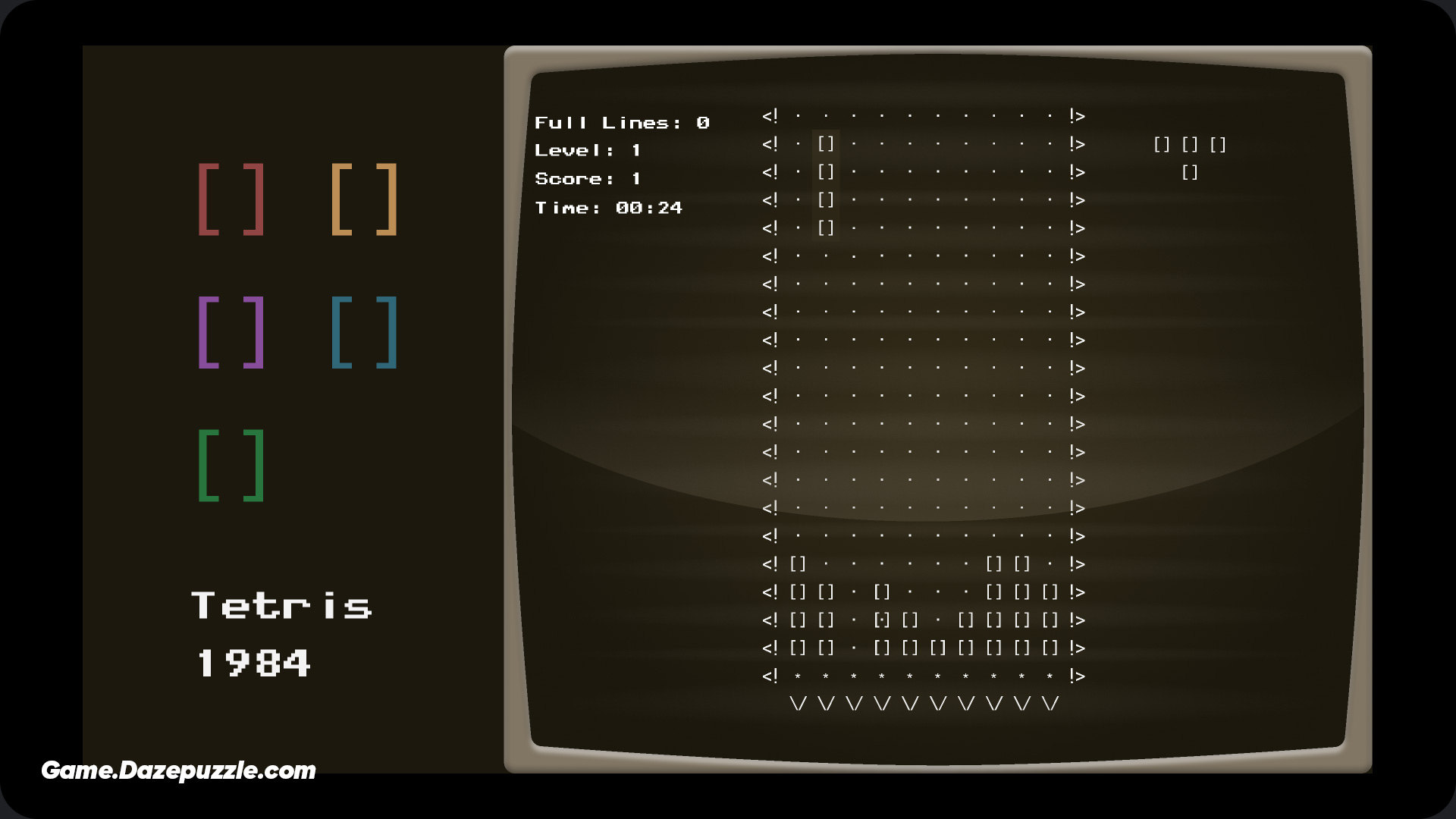
The combination of Tetris and the Game Boy was a match made in heaven. It helped to sell millions of consoles and introduced a whole new generation of players to the joys of puzzle gaming. It also proved that a game didn’t need flashy graphics or a complex story to be a massive success. All it needed was a great idea and flawless execution.
Tetris is a testament to the power of pure gameplay. It’s a game that has been released on virtually every platform imaginable, and it’s just as addictive today as it was over three decades ago. It’s a game that has been played by hundreds of millions of people around the world, and its influence on the puzzle genre is immeasurable. Tetris is more than just a game; it’s a phenomenon.
You might also like this: Top 10 Most Immersive Video Game Worlds
5. Street Fighter II (1991): The King of Fighters
In the late 1980s and early 1990s, arcades were in a bit of a slump. The golden age of Pac-Man and Donkey Kong was over, and the industry was in need of a new champion. That champion arrived in 1991 in the form of Street Fighter II.
Street Fighter II wasn’t the first fighting game, but it was the one that perfected the formula. It introduced a diverse cast of characters from around the world, each with their own unique fighting style and special moves. It also introduced the concept of combos, allowing players to string together a series of attacks to create devastating chains of damage.
The gameplay was deep, strategic, and incredibly satisfying. Learning the ins and outs of each character, mastering their special moves, and outsmarting your opponent was a rewarding experience that kept players coming back for more. Street Fighter II wasn’t just about mashing buttons; it was about skill, timing, and strategy.
The game was a massive success, and it single handedly revitalized the arcade scene. Arcades once again became social hubs, with players gathering to challenge each other, show off their skills, and prove who was the best. Street Fighter II sparked a competitive gaming boom that would lay the groundwork for the esports scene we know today.
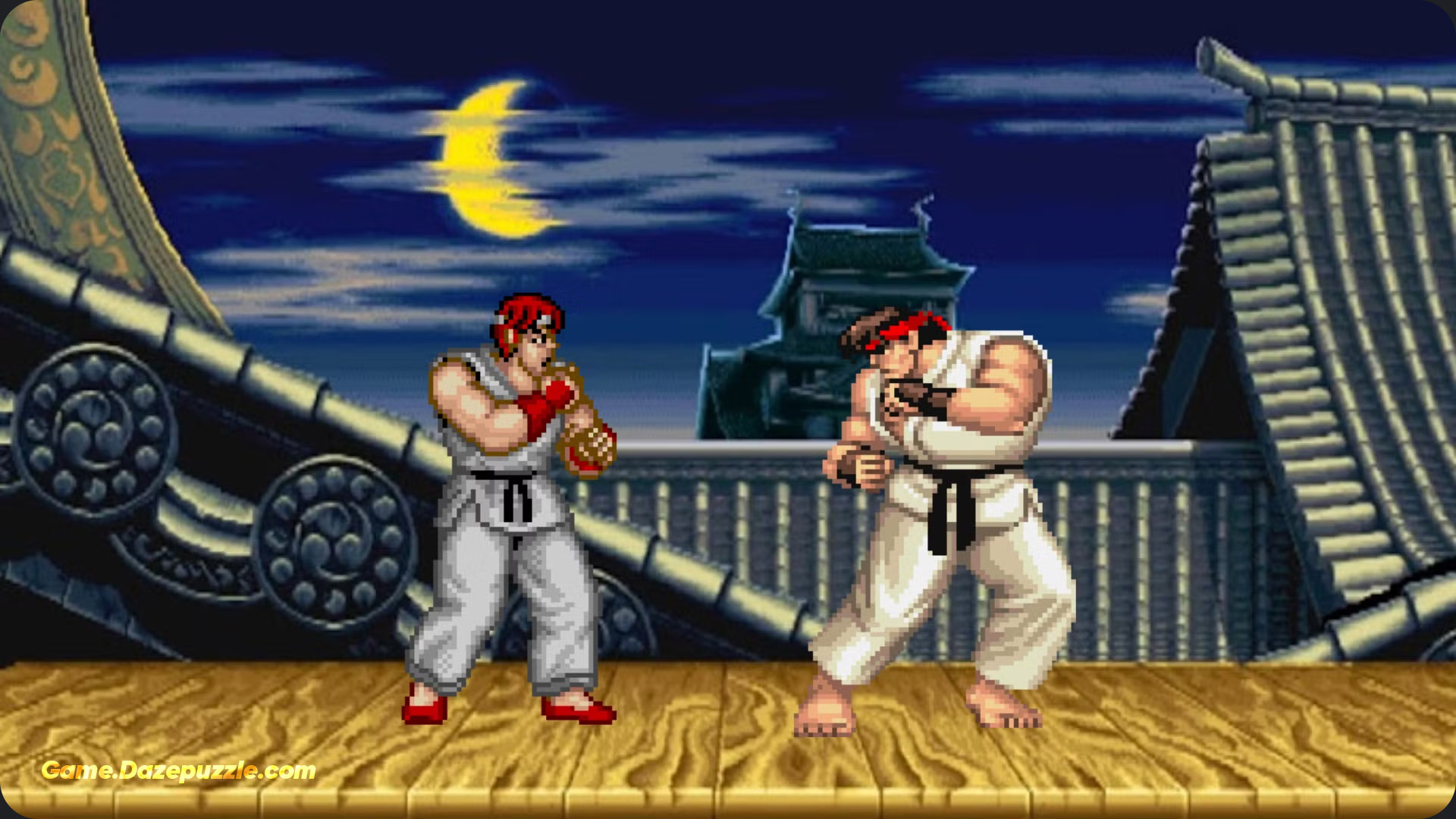
The influence of Street Fighter II can’t be overstated. It created a template for the fighting game genre that is still used today. Almost every fighting game that has come since owes a debt to Street Fighter II, from its character archetypes to its combo systems. The game’s success also led to a wave of other fighting games, each trying to capture the magic of the original.
Street Fighter II was more than just a game; it was a cultural phenomenon. It spawned a movie, an animated series, and a mountain of merchandise. It turned characters like Ryu, Ken, and Chun Li into household names. And most importantly, it brought the thrill of one on one competition to the forefront of gaming and created a community of dedicated players that continues to thrive to this day.
4. Doom (1993): A New Perspective on Gaming
In 1993, a small Texas-based developer called id Software unleashed a game that would not only revolutionize PC gaming but also create a new genre that would dominate the industry for decades to come. That game was Doom.
Doom put players in the boots of a space marine, affectionately known as “Doomguy,” as he battled his way through hordes of demons on the moons of Mars. What made Doom so revolutionary was its perspective. It was a first-person shooter (FPS), a genre that had existed before but had never been realized with such immersive and visceral detail.
The game’s 3D graphics were groundbreaking for the time. They created a sense of place and atmosphere that was unlike anything gamers had ever experienced before. The levels were dark, claustrophobic, and filled with a sense of dread. The action was fast, frantic, and incredibly violent. Doom was a game that got your adrenaline pumping and your heart racing.
But Doom’s influence went far beyond its single player campaign. It was one of the first games to feature online multiplayer, allowing players to connect their computers over a network and battle each other in “deathmatches.” This was a game changer. Suddenly, the most dangerous enemy wasn’t a demon from hell; it was your friend sitting in the next room. The deathmatch mode in Doom was wildly popular, and it laid the foundation for the online multiplayer shooters that are so popular today.
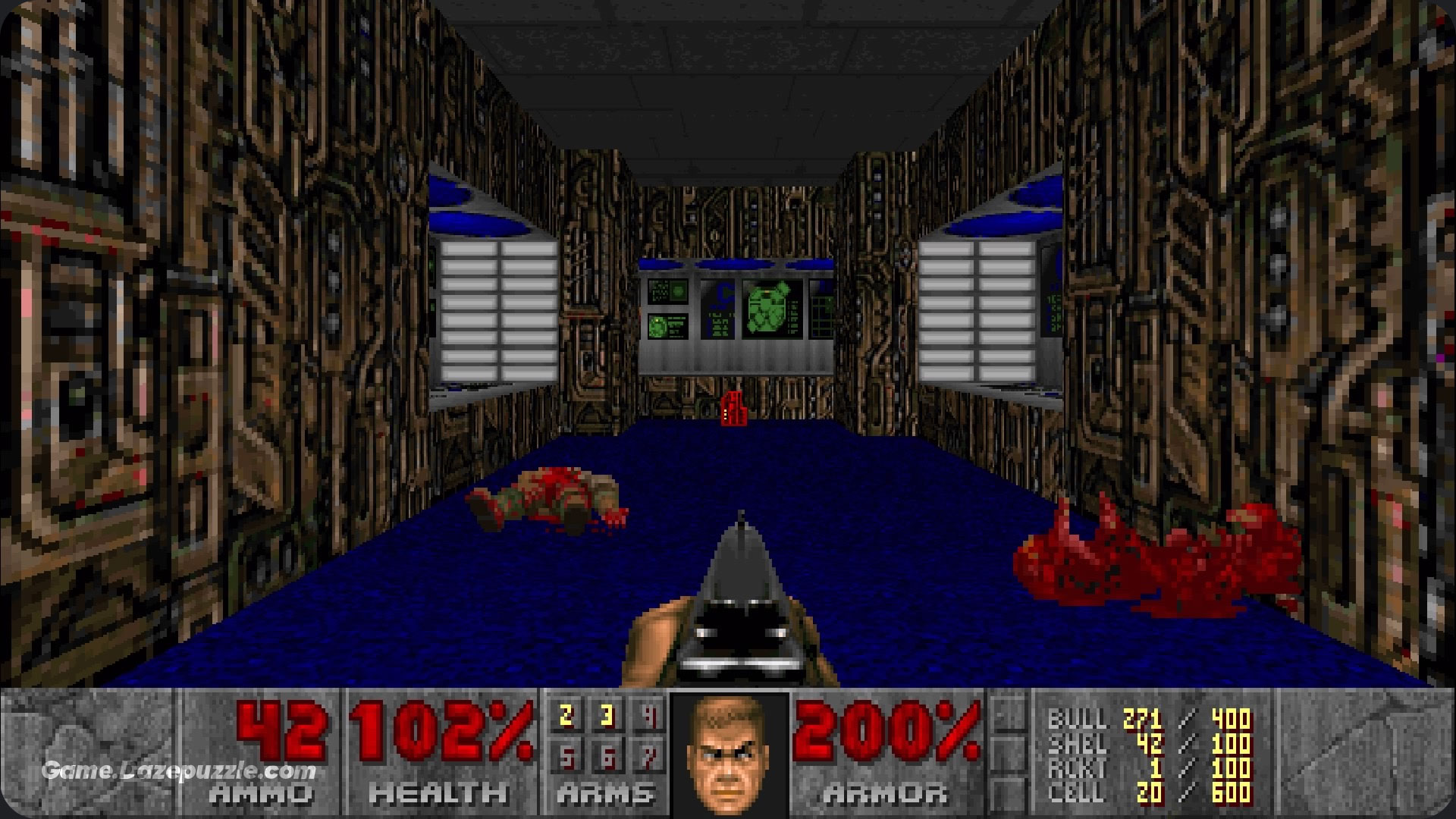
Doom also fostered a vibrant modding community. The game’s developers released the source code, allowing players to create their own levels, characters, and even total conversions of the game. This was a revolutionary idea at the time, and it helped to create a dedicated community of players who were constantly creating new content for the game. The modding scene that grew up around Doom was a precursor to the user-generated content that is so common in games today.
Doom was a game that pushed the boundaries of technology, gameplay, and culture. It was controversial, it was violent, and it was undeniably brilliant. It created a genre, pioneered online multiplayer, and empowered a generation of gamers to become creators. It was a game that changed the way we see games, and its legacy can be seen in every FPS that has followed in its footsteps.
3. Super Mario 64 (1996): A Leap into the Third Dimension
The transition from 2D to 3D was one of the most significant moments in the history of video games. It was a time of great innovation and experimentation, as developers struggled to figure out how to create compelling experiences in a new dimension. And then, in 1996, Nintendo released Super Mario 64, a game that would not only define the 3D platformer but also write the rulebook for 3D game design for years to come.
Super Mario 64 was a launch title for the Nintendo 64, and it was a stunning showcase of the console’s power. For the first time, players could explore a fully 3D version of the Mushroom Kingdom, and it was a breathtaking experience. The levels were vast, open-ended playgrounds, filled with secrets to discover and challenges to overcome.
But what made Super Mario 64 so revolutionary was its controls. The Nintendo 64’s analog stick gave players a level of precision and freedom of movement that had never been seen before. Mario could run, jump, swim, and fly with an intuitive and responsive control scheme that felt incredibly natural. The game also introduced a new camera system that allowed players to control their view of the action, a crucial element for navigating 3D spaces.
Super Mario 64 was a masterclass in game design. It was filled with clever ideas, from the way you entered levels by jumping into paintings to the variety of missions you could undertake in each world. It was a game that encouraged exploration and experimentation, and it was always rewarding you with something new and exciting to see and do.
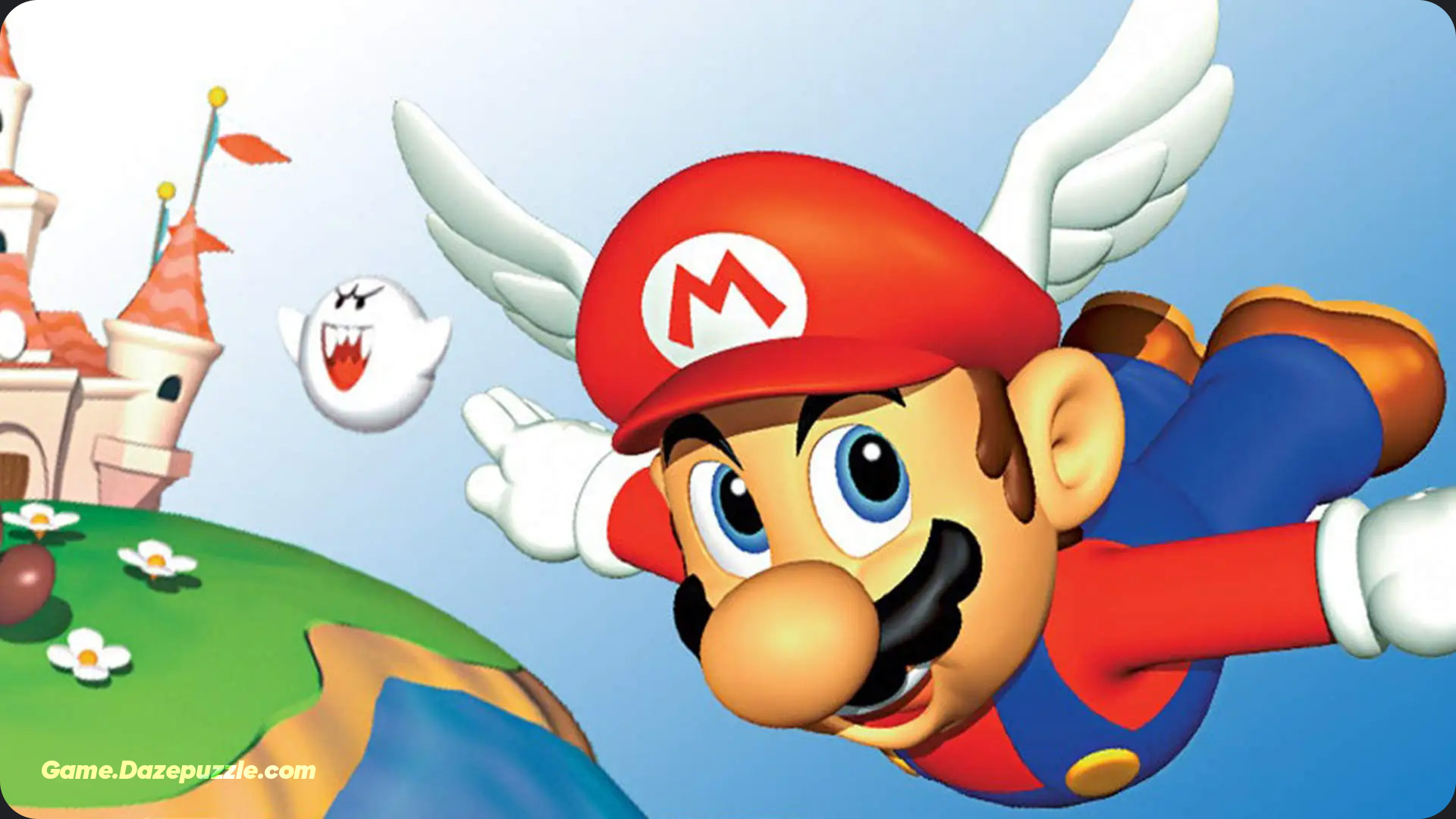
The influence of Super Mario 64 is immeasurable. It set the standard for 3D platformers for years to come, and its ideas can be seen in countless games that have followed. It showed developers how to create engaging 3D worlds, how to design intuitive control schemes, and how to make the transition to a new dimension with grace and style.
Super Mario 64 was more than just a great game; it was a landmark achievement in the history of the medium. It was a game that took a bold leap into a new dimension and landed with perfect precision. It was a game that redefined what a video game could be, and its legacy continues to inspire game designers to this day.
2. Grand Theft Auto III (2001): A New Level of Freedom
In 2001, a game was released that would not only redefine the open-world genre but also spark a cultural debate about the role of violence in video games. That game was Grand Theft Auto III.
GTA III put players in the shoes of a silent protagonist named Claude as he made his way through the criminal underworld of Liberty City, a sprawling, fictional metropolis based on New York City. What made GTA III so revolutionary was the incredible sense of freedom it gave players. For the first time, players could explore a massive, living, breathing city at their own pace. They could steal any car they wanted, go on a rampage through the streets, or simply wander around and take in the sights and sounds of the city.
The game’s open world design was a technical marvel. Liberty City was a vibrant and detailed world, filled with traffic, pedestrians, and a day night cycle. It felt like a real place, and players were free to interact with it in any way they saw fit. They could follow the game’s story missions, which were a series of cinematic and often hilarious crime-caper adventures, or they could ignore the story completely and create their own fun.
GTA III was a game that pushed the boundaries of what was considered acceptable in a video game. It was violent, it was satirical, and it was unapologetically adult. The game’s mature themes and its glorification of criminal activity made it a target for controversy, but it also resonated with millions of players who were tired of the same old family-friendly fare.
The influence of GTA III is undeniable. It created a new template for open world games that is still being used today. The “GTA clone” became a genre in itself, as other developers tried to capture the magic of Liberty City. The game’s success also proved that there was a massive market for mature, story driven games, and it helped to pave the way for other adult-oriented titles.
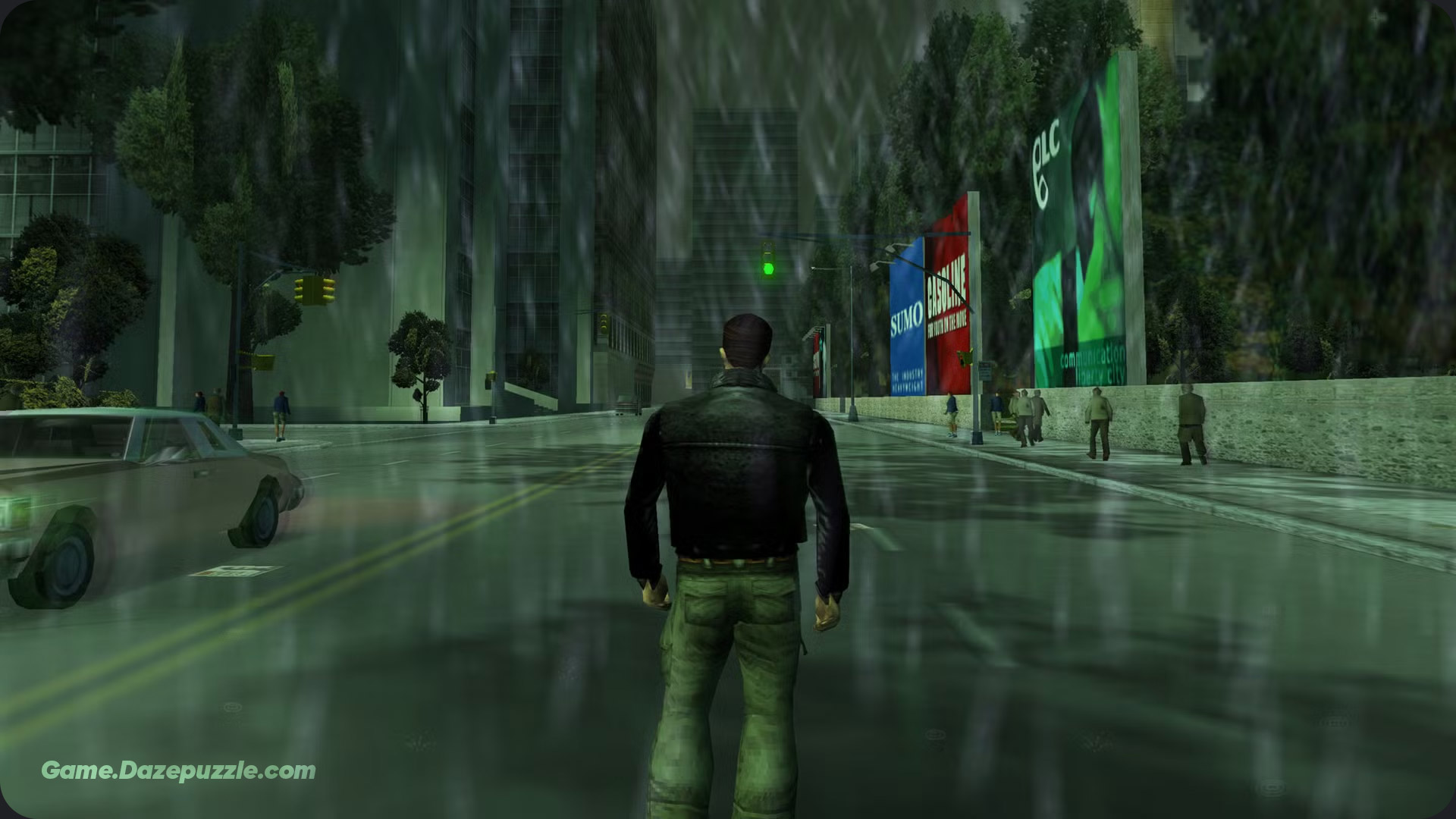
Grand Theft Auto III was a game that changed the conversation about video games. It was a game that showed that games could be more than just toys; they could be complex, cinematic, and thought provoking works of art. It was a game that gave players a new level of freedom, and in doing so, it changed the industry forever.
1. World of Warcraft (2004): A New World of Gaming
In 2004, a game was released that would not only become the most successful massively multiplayer online role playing game (MMORPG) of all time but also a cultural phenomenon that would change the way millions of people play games. That game was World of Warcraft.
WoW transported players to the fantasy world of Azeroth, a vast and detailed world filled with magic, monsters, and adventure. Players could create their own character, choose a race and a class, and then set out on an epic journey of quests, dungeons, and raids.
What made WoW so special was its accessibility. Before WoW, MMORPGs were often complex and unforgiving, with a steep learning curve that made them intimidating for new players. WoW changed all that. It streamlined the genre, making it more intuitive and user friendly. It was a game that was easy to get into but had enough depth to keep players engaged for years.
But WoW was more than just a game; it was a virtual world. It was a place where millions of people from all over the world could come together to socialize, to cooperate, and to compete. The game’s strong sense of community was one of its greatest strengths. Players formed friendships, joined guilds, and created a vibrant and dynamic online society.
WoW also had a profound impact on the business of video games. It popularized the subscription-based model, where players paid a monthly fee to access the game. This provided a steady stream of revenue for the developers, allowing them to constantly create new content and keep the game fresh and exciting.
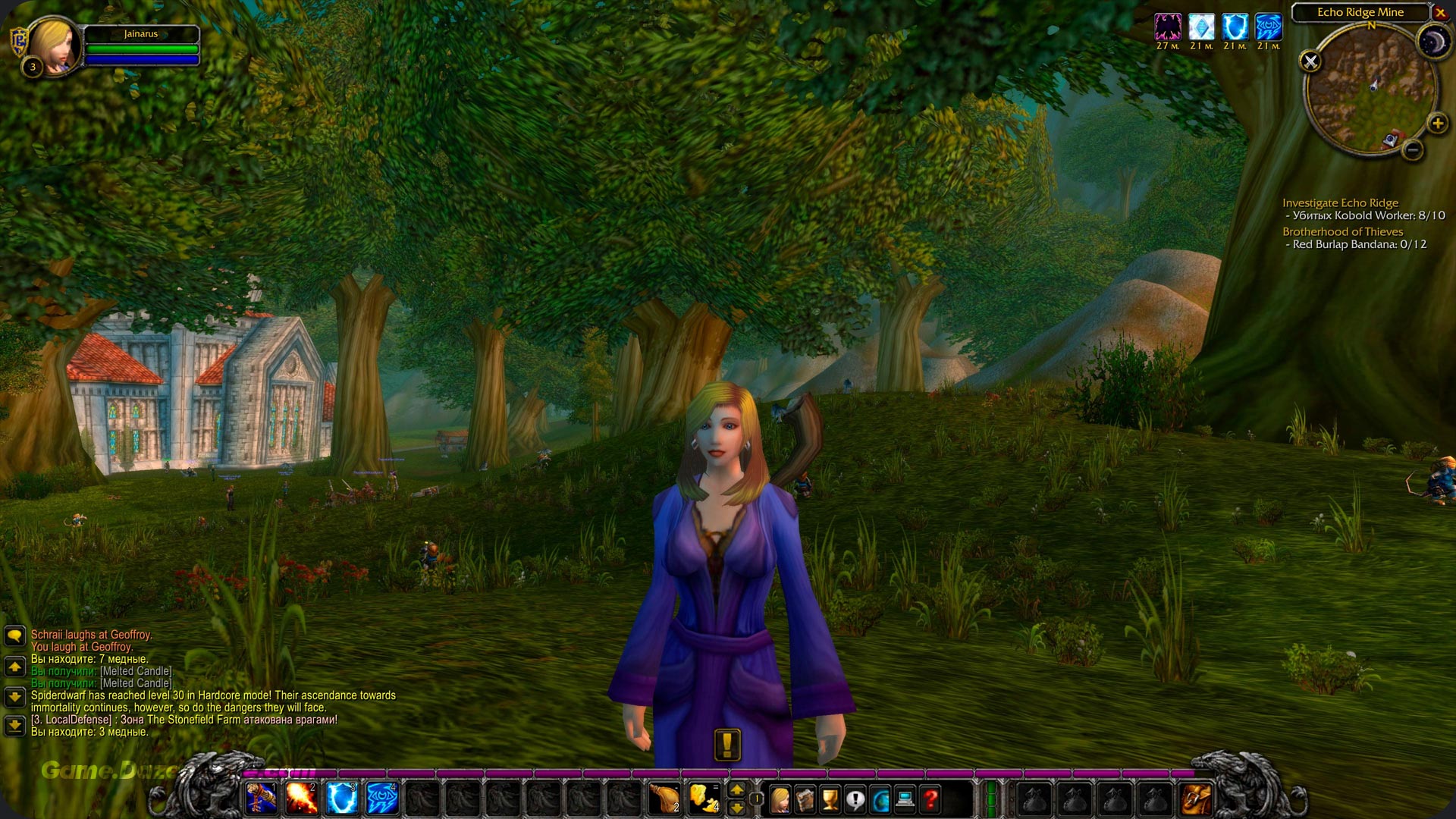
The success of World of Warcraft was staggering. It became a cultural touchstone, with references in movies, TV shows, and even political speeches. It turned its developer, Blizzard Entertainment, into a gaming powerhouse, and it cemented the MMORPG as one of the most popular and profitable genres in the industry.
World of Warcraft was a game that changed the way we play together. It created a new kind of social experience, a virtual world where millions of people could come together to share in a common adventure. It was a game that captured the imaginations of players around the world, and its influence can still be felt in the online games we play today.
The Ever-Evolving World of Gaming
From the sprawling online worlds of today back to the simple, elegant spark that started it all, the journey of the video game industry has been nothing short of extraordinary. The 10 games we’ve counted down here are just a few of the many titles that have left their mark on the industry. They are the games that dared to be different, that pushed the boundaries of what was possible, and that inspired a generation of developers to dream bigger and create better.
The world of gaming is constantly evolving, with new technologies, new ideas, and new experiences emerging all the time. But as we look to the future, it’s important to remember the past. The lessons learned from these classic games continue to shape the industry, and their influence can be seen in the games we play today and the games we will play tomorrow. So the next time you pick up a controller, take a moment to appreciate the incredible journey that has brought us to this point. It’s a journey that has been shaped by a handful of games that didn’t just entertain us; they changed the world.
Thanks for keeping up with Game.Dazepuzzle.com


